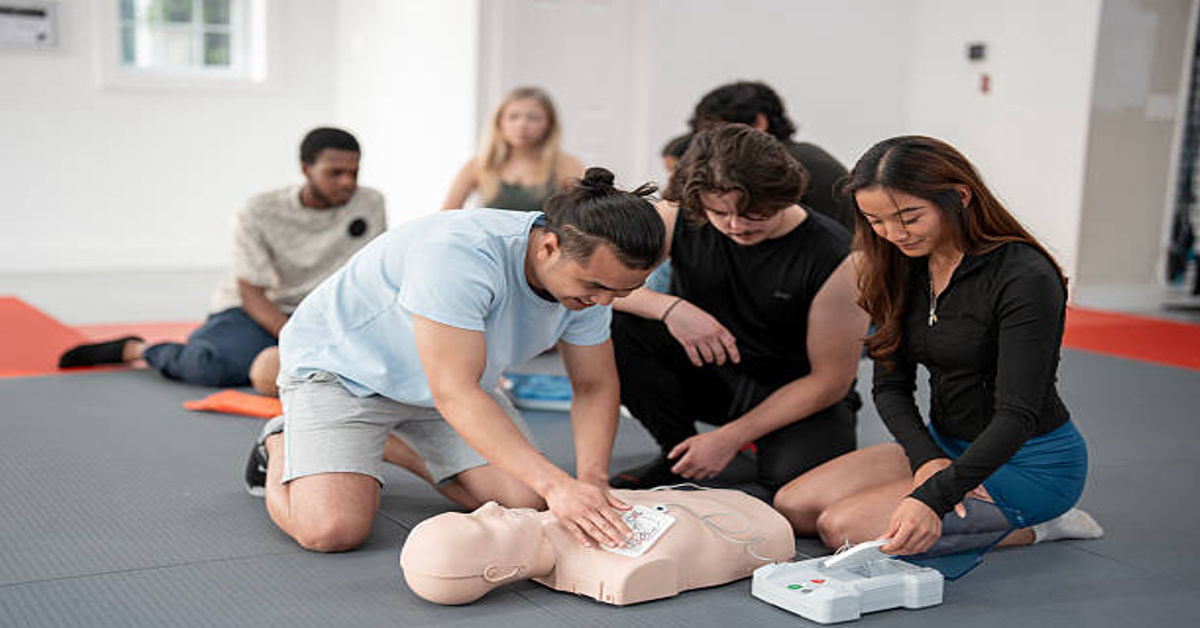We all hope the worst never happens. Yet in everyday life, emergencies can strike at any moment — at home, at work, or in public. When someone collapses or stops breathing, your quick response could mean the difference between life and death. Learning cardiopulmonary resuscitation (CPR) is no longer a “nice‑to‑have” skill: it’s a vital tool for staying prepared. For many people, first aid knowledge remains overlooked. But the truth is that when every second counts, untrained bystanders simply can’t afford to wait. This article explores why CPR training matters today more than ever and how it empowers you to act confidently in a crisis.
Why CPR Training Matters
CPR is not just a medical term used by professionals. It’s a set of life‑saving techniques that ordinary people can learn and apply. In an emergency where someone’s heart has stopped or they’ve stopped breathing, immediate action increases the chance of survival. Waiting for emergency services might be unavoidable, but having someone nearby who knows how to do chest compressions and rescue breaths makes a real difference. When you receive proper instruction, you gain both practical skills and mental readiness to step in — and that leadership can matter more than you imagine.
Uncovering the Common Misconceptions
Many people believe that CPR is something only trained healthcare workers should attempt. Others assume that they’d know what to do instinctively. The truth is different:
- Emergencies often look chaotic, and without prior training your natural response might be hesitation.
- CPR technique matters. The right rhythm and depth of chest compressions improve outcomes.
- Skill fades over time. Even someone who learned CPR years ago may be rusty in a real event.
- Being certified or trained signals credibility. In some workplaces, this training is required for job roles or safety standards.
By facing these misconceptions, we understand that training is not optional — it’s essential.
Key Benefits of Getting Certified
Undergoing formal MYCPR NOW instruction offers multiple advantages:
- You learn the correct methods for chest compressions, rescue breaths and how to use an AED (automated external defibrillator).
- You gain confidence. When you’ve practiced and know what to do, you’re much more likely to act.
- You help your community. Being ready means you can assist family members, friends, coworkers or even strangers.
- You present yourself as responsible. Whether for career advancement or personal safety, possessing a certification shows you value preparedness.
These benefits blend practical readiness with personal growth and responsibility.
Bridging The Gap Between Training and Real‑Life Action
Taking a course is only part of the picture. Turning knowledge into action demands a few extra steps:
- Familiarise yourself with the layout of your home, workplace or public places: know where defibrillators are and how to access first‑aid supplies.
- Practice regularly. Even short refreshers keep your mind sharp and ready.
- Stay calm in an emergency. Training helps you override panic and focus on the steps you learned.
- Talk about CPR with others. Encourage classmates, colleagues or family members to train with you – you’ll build a stronger safety net together.
By forming habits and sharing knowledge, you increase the odds of effective action in real‑life scenarios.
When Training Becomes a Vital Requirement
In many settings, CPR training is more than a personal choice — it’s a requirement. Schools, healthcare facilities, childcare providers, fitness centres and various workplaces are recognising the need to have certified personnel on‑site. If you’re in one of those environments, skipping certification can leave you unprepared when a critical moment arises. Even outside formal roles, becoming certified sends a message: you’re ready. You’re not waiting for someone else to act. You’re stepping forward.
Conclusion
CPR training transforms you from a bystander into a lifesaver. The difference between knowing what to do and doing nothing can be measured in minutes, even seconds. With proper instruction, you gain the skills, confidence and awareness to act when it matters most. Today’s world demands readiness — not only for professionals, but for every one of us. Don’t wait until an emergency catches you off guard. Make CPR training part of your personal safety plan and encourage others around you to do the same. When you’re trained, you can respond, assist and protect. And in a sudden crisis, that prepared response could mean everything.

